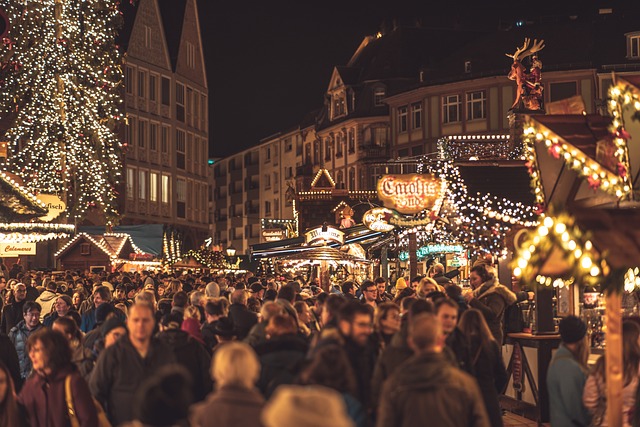The Rise of Cryptocurrency Adoption: Transforming Economies in Developing Countries
In recent years, the art world has witnessed a significant shift with the emergence of Non-Fungible Tokens (NFTs). These digital assets have opened up new avenues for artists to showcase their work and connect with global audiences. However, the impact of NFTs on the art industry is multifaceted and far-reaching. In this article, we will delve into the world of NFTs and explore how they are transforming the art landscape.
NFTs have revolutionized the way artists create, sell, and own digital art. For the first time in history, artists can now monetize their work directly to collectors, eliminating the need for intermediaries like galleries and dealers. This new model has enabled artists to retain a larger share of the profits from their sales, giving them greater creative control and financial stability.
Moreover, NFTs have provided a platform for emerging artists to gain recognition and build their careers. With the rise of online marketplaces and social media platforms, it is now easier than ever for new talent to showcase their work and connect with potential buyers. This has led to a democratization of the art world, where anyone with a computer and an internet connection can become an artist.
However, the impact of NFTs on traditional galleries and dealers has been less positive. As artists begin to sell their work directly to collectors, many galleries are struggling to adapt to this new business model. Some have even closed their doors altogether, citing financial difficulties as a result of the shift towards digital art sales.
Despite these challenges, there is no doubt that NFTs have opened up new opportunities for artists and collectors alike. The rise of NFTs has also led to a surge in investment and speculation in the art market, with some rare digital artworks selling for millions of dollars.
However, critics argue that the NFT phenomenon is often driven by hype and speculation rather than genuine artistic value. Some have even accused NFT creators of creating “artistic trash” simply because they can. While this criticism has validity, it also ignores the fact that many artists are using NFTs as a legitimate platform to create and share their work.
Another area where NFTs have had a significant impact is in the realm of intellectual property rights. As digital artworks become increasingly valuable, there is growing concern about who owns the rights to these creations. This has led to debates about copyright law and the need for new regulations to govern the creation and sale of NFTs.
In conclusion, NFTs have had a profound impact on the art industry, opening up new opportunities for artists and collectors alike. While there are challenges and controversies surrounding this phenomenon, it is undeniable that NFTs have changed the game for creatives. As we look to the future, it will be interesting to see how NFTs continue to evolve and shape the art world.
Tags:
NFT Art Market
Digital Art Ownership
Artificial Intelligence in Art Creation
